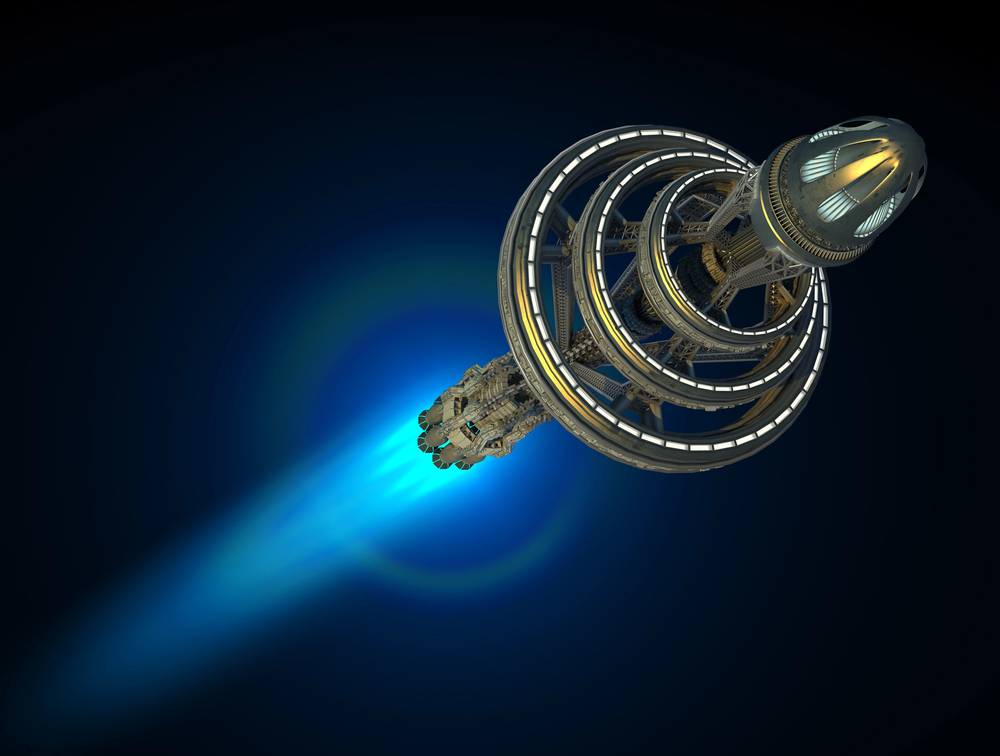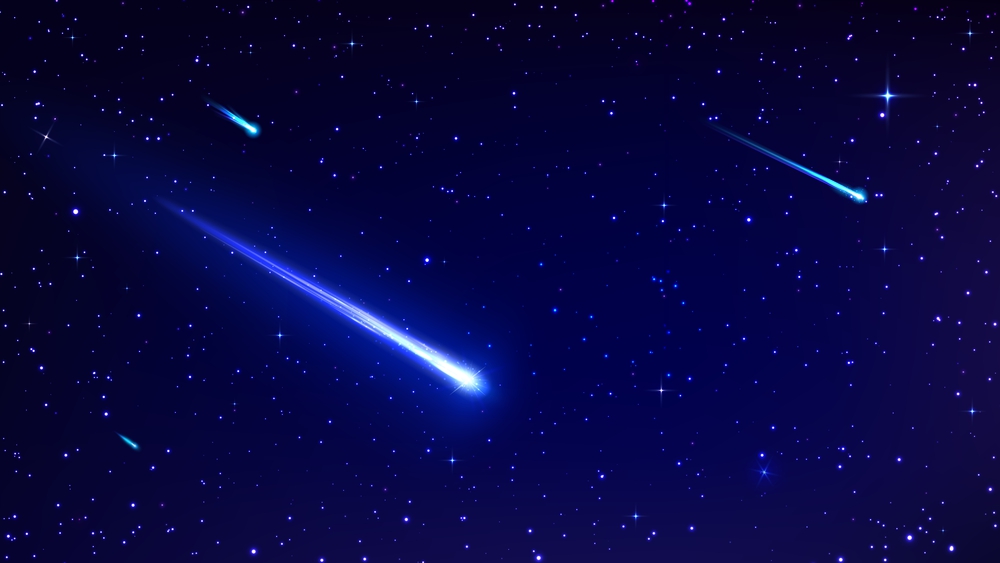
What is the source of an older-than-our-solar-system comet consuming its way through our cosmic backyard? For planetary scientists and astronomers, the visit of 3I/ATLAS just the third interstellar visitor is igniting a science dash, using advanced spectroscopy and survey methods to explore its ancient chemistry, galactic history, and the number of such visitors in the wings.

1. The Discovery: An Exotic Interstellar Encounter
The July 1, 2025, discovery of 3I/ATLAS by the Chilean ATLAS survey telescope was a planetary science milestone. The object, instantaneously named by its hyperbolic orbit and fast incoming speed, is only the third interstellar visitor known to date after 1I/ʻOumuamua and 2I/Borisov. As University of Oxford’s Matthew Hopkins expressed it, “All non-interstellar comets such as Halley’s comet have originated within our Solar System, so are up to 4.5 billion years old.” But interstellar guests may be millions and millions of years older, and among those we do know to date our statistical method is that 3I/ATLAS will probably be the oldest comet we’ve ever had the oldest comet we’ve ever had.

2. Water Ice of Ancient Times Discovered by Spectroscopy
Of all the discoveries concerning 3I/ATLAS, perhaps the most astounding is the discovery of enormous quantities of water ice, perhaps in storage for 7 billion years, even prior to the time that the Sun itself existed. Project leader Bin Yang stated, “3./ATLAS is an active comet. It has a good coma and has lots of water ice. Its physical activity also confirms it’s a comet.” The most exciting find was that there had been water ice features in the coma. This is based on visible and near-infrared spectra from observations with the SpeX instrument of NASA’s Infrared Telescope Facility (IRTF) and the Gemini Multi-Object Spectrograph (GMOS) on Gemini South spectroscopic observations.

Spectral modeling determined that a 70:30 blend of Tagish Lake meteoritic material and large (10 μm) water ice particles is the best fit to the continuum and the broad absorption at approximately 2.0 μm as seen. The non-appearance of a strong 1.5 μm water ice band generally not available in active comets was because of low signal-to-noise and dilution by refractory dust, an effect previously observed in both cometary and Centaur spectra spectral modeling.

3. Organic-Rich Dust: A Link to D-Type Asteroids
The reflectance character of 3I/ATLAS is best comparable to D-type asteroids, which have silicates with high contents of organic molecules and carbonaceous material. “Its reflectance features are most similar to D-type asteroids and some active comets,” Yang said. The spectrum can be matched with a combination of Tagish Lake meteorite material and water ice, which is organically rich, contains silicate, carbonate minerals, and water ice-rich. This compositional signature distinguishes 3I/ATLAS from ultrared trans-Neptunian objects and links it to the most primitive bodies of the solar system Tagish Lake meteorite and D-type asteroids.

4. Advanced Spectroscopy: Tools and Techniques
Follow-up at early times of the 3I/ATLAS discovery revealed the power of modern astronomical technique. Low-resolution near-infrared and optical spectroscopy was used to make measurements, referenced against solar analog stars and advanced data reduction software such as DRAGONS and SpeXtool. Steering a 0.7 μm dichroic allowed simultaneous spectrum collection and guiding within a dense stellar field a natural advantage given the object’s position near the galactic plane, allowing advanced near-infrared spectroscopic techniques.
Temporal constancy throughout the spectral continuum, verified through correlation of GMOS and SpeX spectra nine days apart, assures the compositional analysis to be valid. Delineate fine constraints in ice properties will be addressed in future JWST/NIRSpec observations and other great ground-based telescopes and will also attempt to find volatile gas emissions.

5. Galactic Origins: The Thick Disk Connection
Trajectory analysis positions 3I/ATLAS’s origin in the Milky Way thick disk, a cluster of ancient, high-velocity stars above and below the galaxy plane. “It’s from a star that’s likely no longer there,” University of Canterbury’s Michele Bannister said. Models suggest 3I/ATLAS has traveled interstellar space for over 7.5 billion years, giving astronomers a fleeting snapshot of planetary system chemistry of older-than-the-Sun thick disk stars.

6. Discovery and Demographics: The Era of Rubin Observatory
3I/ATLAS comes on the heels of commissioning the Vera C. Rubin Observatory, whose 3.2-gigapixel LSST camera will transform the discovery of interstellar objects. Estimates now project Rubin to find between 5 and 50 ISOs in its ten-year survey, vastly increasing the sample size and allowing for statistical analysis of their abundance, size distribution, and origin Rubin Observatory’s role.
Survey strategies favor high-cadence, wide-field imaging and computer-assisted alert systems to measure the transient motion of bright, fast ISOs. Increasing numbers are being discovered, and Oort cloud population models and galactic planet formation will be created and refined.

7. Scientific Implications: Water, Organics, and Galactic Evolution
The presence of fossil water ice and organics in 3I/ATLAS has profound implications. Water ice, the most ubiquitous solid in protoplanetary disks, is a driving force in planet building and volatile delivery to young planets. The physical state of the ice amorphous versus crystalline reflected the thermal history and formation context of the parent. As Bin Yang reminded us, “The structure of water ice carries rich information about the object’s formation conditions.”

They validate predictions that interstellar comets can seed planetary-forming systems with water and carbonaceous material, and with probable echoes for the creation of habitable environments throughout the galaxy. The work of 3I/ATLAS thus combines planetary science, galactic mechanics, and astrobiology, giving one a glimpse of the way our solar system formed, and literally untold others sprinkled across the Milky Way.
As 3I/ATLAS hurtles its brief, sunlit return to the darkness between stars, astronomers wait patiently spectrographs poised, models ready to extract every possible clue from this very old, frozen messenger.


